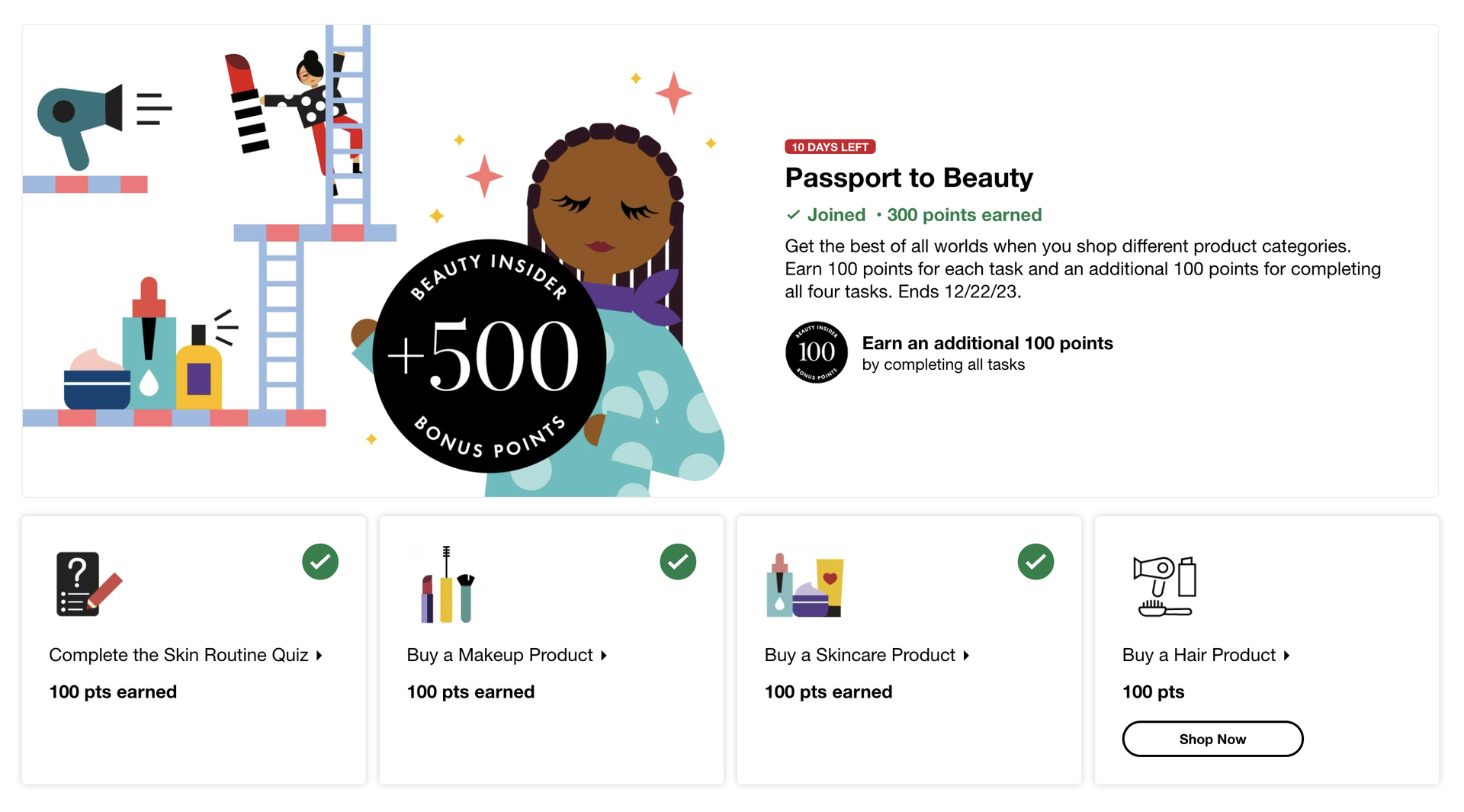- AI
- Strategy
Leveraging data in the age of personalization
December 8 - 23


Personalization is an unavoidable feature of the digital world. And the data is there to prove it: 71% of consumers now expect personalized interactions with brands, and an impressive 76% are frustrated when it doesn’t happen. Personalization has not only become an integral part of consumer expectations, it is also a key driver of corporate revenues. According to McKinsey, personalization accounts for 40% of the revenues of the fastest-growing companies. With artificial intelligence, new opportunities are emerging. Here’s a look at the different ways in which personalization can be integrated into your digital product.
Customized recommendations
Recommendations based on past behaviour or user preferences are typical forms of personalization. For example, Netflix recommends movies or series similar to those that have been watched. Since February 2023, using a new AI-powered DJ functionality, Spotify creates custom playlists based on musical preferences.

Spotify DJ
DJ is a personalized AI guide that knows you and your music taste so well it can choose what to play for you.
Special offers and notifications
Organizations can push personalized promotional offers and notifications to make customers notice specific products or services, based on their purchase history or interests. For example, Chipotle Rewards, which ranked as the 2nd best performing loyalty program in Canada in 2023, uses a decision tree combining over 700 components to create thousands of different individualized messages based on the customer’s user journey. Jason McCann, Executive Creative Director at GALE, an agency working with Chipotle, explains:
" If you’re Alex, and we know that you are from New York and that you like guacamole, we have a specific offer to get you re-engaged. "
⏤ Co - Brand Studio about Chipotle Rewards
Optimizing the user experience
Personalization can also help users perform the desired action in a faster, more user-friendly way. In a study conducted by McKinsey, a company’s ability to facilitate online and in-store navigation was the most important form of personalization in the eyes of respondents. For example, Uber uses trip history to automatically suggest frequent destinations and points of interest, simplifying the booking process. By integrating personalization into key features of the experience, the product becomes increasingly easy to use, and users tend to prioritize it over a similar offer from a competitor.
Discovery-based search
This technique involves using AI algorithms to analyze users' past behaviour, preferences or related content in order to make recommendations rather than relying on traditional query-based search. This approach is employed by many e-commerce platforms, such as Amazon, Temu, Etsy, Wayfair, Facebook Marketplace, or Ebay, as well as social platforms, such as Reddit, TikTok and Pinterest. In the future, this way of presenting content could be integrated into retail platforms, such as Simons, Zara or Aritzia, or those of pharmaceutical companies or supermarkets.
The omnichannel experience
Consumers today expect their interactions with a brand to be personalized and seamless across all channels: from the mobile app to the website to the in-store experience. In the case of the SAQ, this experience happens when an advisor scans a customer’s card at the in-store kiosk to make personalized recommendations, building a bridge between the digital and physical experience. The advent of IoT is also adding a new dimension to omnichannel personalization, enabling data to be connected at entirely new touchpoints. Mercedes-Benz, for example, has begun integrating ChatGPT with its voice assistance system to offer a connected, personalized experience in its cars.
" For example, say you have a 7 a.m. meeting in the office tomorrow morning, you live in a northern state and it’s wintertime. If you’ve given your car access to your calendar, it can see it might be a little icy and let you know you might want to leave the house at 6:15 instead of your usual 6:30. And at 6:15 the next morning, your car will already be running and heated, and it might tell you as you get in, “You’ve got this meeting. Would you like to listen to this news channel that might be relevant during your drive to the office?” "
⏤ McKinsey & Company, 2023
Loyalty programs
Loyalty programs are powerful tools for collecting user data, and their success often depends on the program’s ability to leverage the data to offer members a personalized experience. The emergence of the Scene+ and Moi programs in 2023 highlights the relevance of loyalty programs and the importance of offering value in exchange for increased use of a product or brand. For example, Sephora’s Beauty Insider program, among the most successful loyalty programs, offers a wide range of benefits: points accumulation on every purchase, the possibility of redeeming these points for beauty products, birthday gifts, invitations to exclusive events, personalized beauty consultations, etc. More recently, the company launched a challenge program to further engage members and, above all, gather even more data on their behaviour.
Sephora Beauty Insider
Beauty Insider challenges are a new way of engaging loyalty program members.

Conversational interfaces
Advances in AI and natural language processing (large language models) are enabling companies to create more humanlike, personalized interactions with their users. By processing vast amounts of data to understand customer behaviours and preferences, these language models, although generated automatically, demonstrate a remarkable ability to personalize interactions through prior training. Duolingo recently launched Roleplay, which enables students to have an interactive conversation with an AI. After the conversation, students receive an AI-powered report from Duolingo on the accuracy and complexity of their responses, as well as tips for future conversations.

Duolingo
Duolingo recently launched Roleplay, which enables students to have an interactive conversation with an AI.
In short, personalization is not only a tool that can contribute to customer satisfaction, it can also stimulate business growth. Personalization can take a diversity of forms and it is increasingly the kind of experience users expect. Used effectively, it can help establish closer relationships and build a brand’s customer loyalty, as well as providing valuable data that can be used for future strategic decisions. In the age of generative AI and the multiplication of data points, it’s a safe bet that personalization won’t run out of steam any time soon, and that this practice now considered a value-add will become a user requirement.